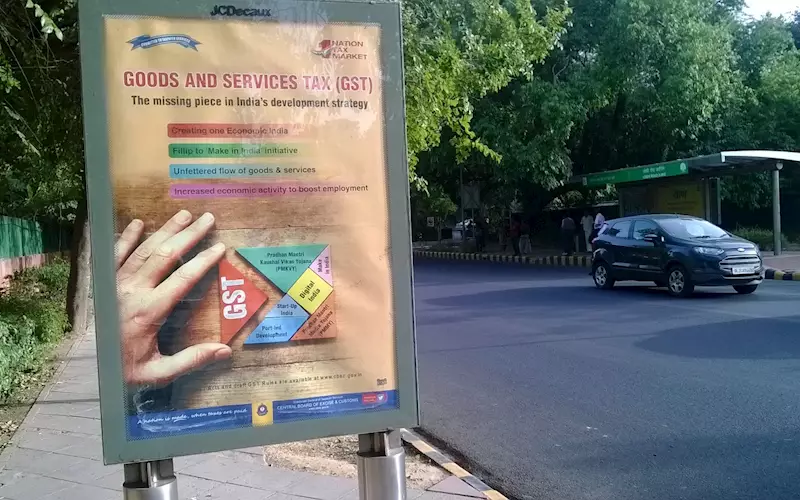GST blues continue for print
There are two schools of thought about GST. One says GST rollout has been extremely smooth without any disruption and there have been a record number of registrations. The other bemoans about the lack of clarity; especially about the post-GST rate structure and how to pass on the benefits.
07 Aug 2017 | By Dibyajyoti Sarma
This is why print association heads have been confabulating with the GST authorities in the first week of August.
In Mumbai, two of the city's print associations heads from the BMPA and MMS met the principal chief commissioner of GST, Mumbai zone, Subhash Varshney. The verdict: Print industry is no longer a manufacturer; it is ‘a service provider.’
The GST commissioner said, “Print industry is no longer a ‘supplier of goods’. It is a ‘manufacturing service’ covered under ‘supply of services’.”
This meant, HSN codes are no longer applicable and there shall be a 18% slab for print items.
Later, the AIFMP representatives met North Block officials on 5 August in New Delhi.
The two things that emerged from the 5 August GST Council meet were:
1. Services by way of printing of newspapers, books (including Braille books), journals and periodicals where only content is supplied by the publisher and the physical inputs including paper used for printing belongs to the printer – From 18% with full ITC to 12% with full ITC
2. Services by way of printing of newspapers, books (including Braille books), journals and periodicals using physical inputs owned by others (including an unregistered publisher/supplier) – From 18% with full ITC to 5% with full ITC
This means, printing of books with paper is clarified as 12%.
PrintWeek India spoke to a GST expert, who said, “If paper is supplied and a company does not wants to take input credit, it is 5%.” Also the printer can avail input credit in both cases. When paper is provided by a publisher, the printer can anyway not take credit for paper, as the printer will give it on a loan or to-be-converted basis. Therefore, the printer can take credit for other consumables like ink plates and adhesives.
Many book print firms were dreading the situation as “this puts back GST as a cost to publisher.” The ramifications are twofold: Maximum pressure on printers to pass on all ITC or increase the price of the saleable book.
Today, economically priced books are available at Rs 75-99. Post-GST they will be priced at Rs 150-175. Will the reader accept this price hike?
The other concern, when PrintWeek India spoke to a publisher in Daryaganj was apart from production cost, the operations cost of GST management in the workflow of a publishing house will increase. There are 36 annual filings, three each month, in addition to the annual Income Tax submissions every year.
Most of 16,000 publishing firms in India and lakhs of booksellers who operate on wafer-thin margins are not prepared for this.














 See All
See All